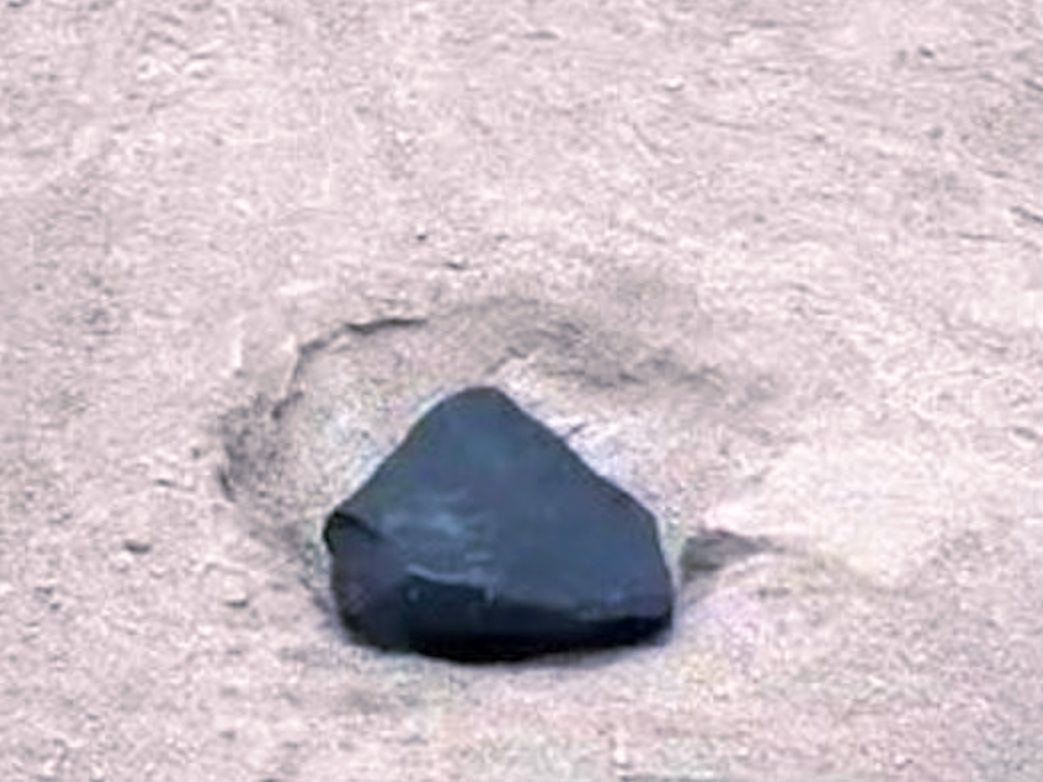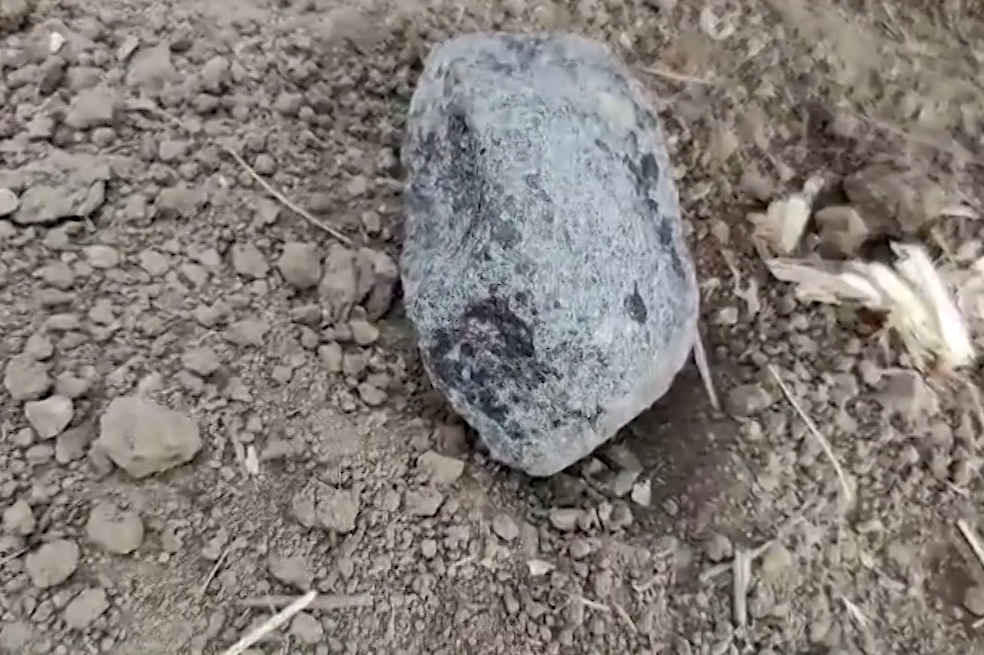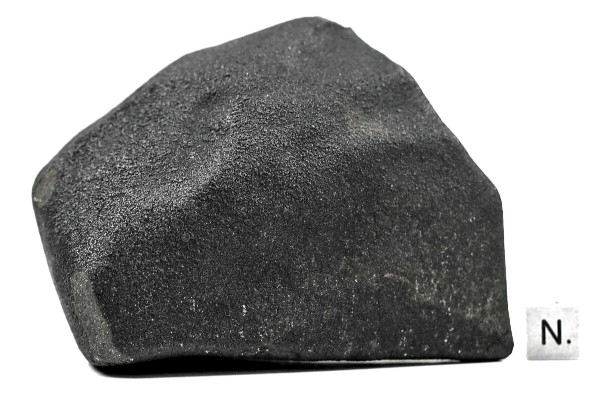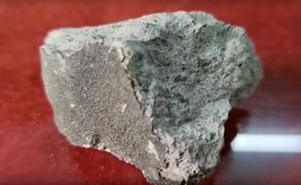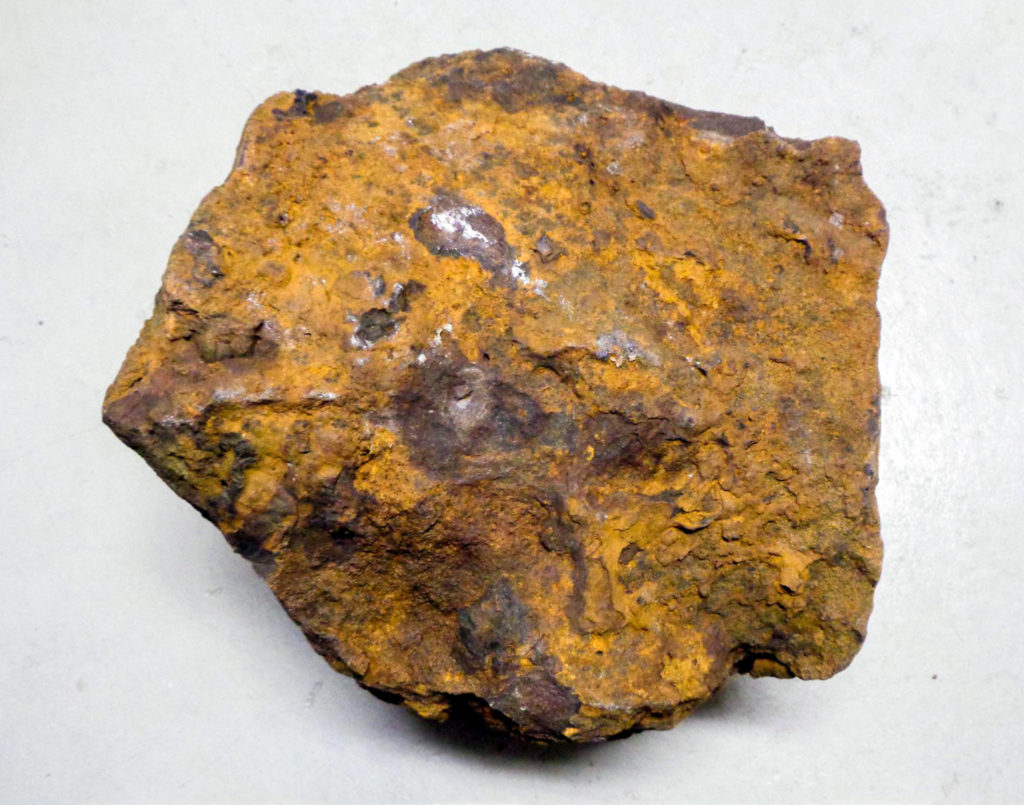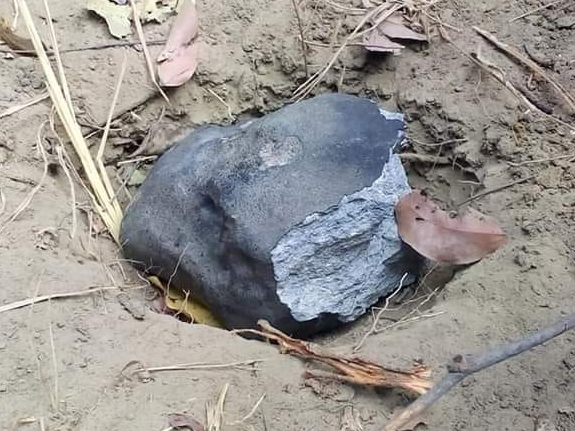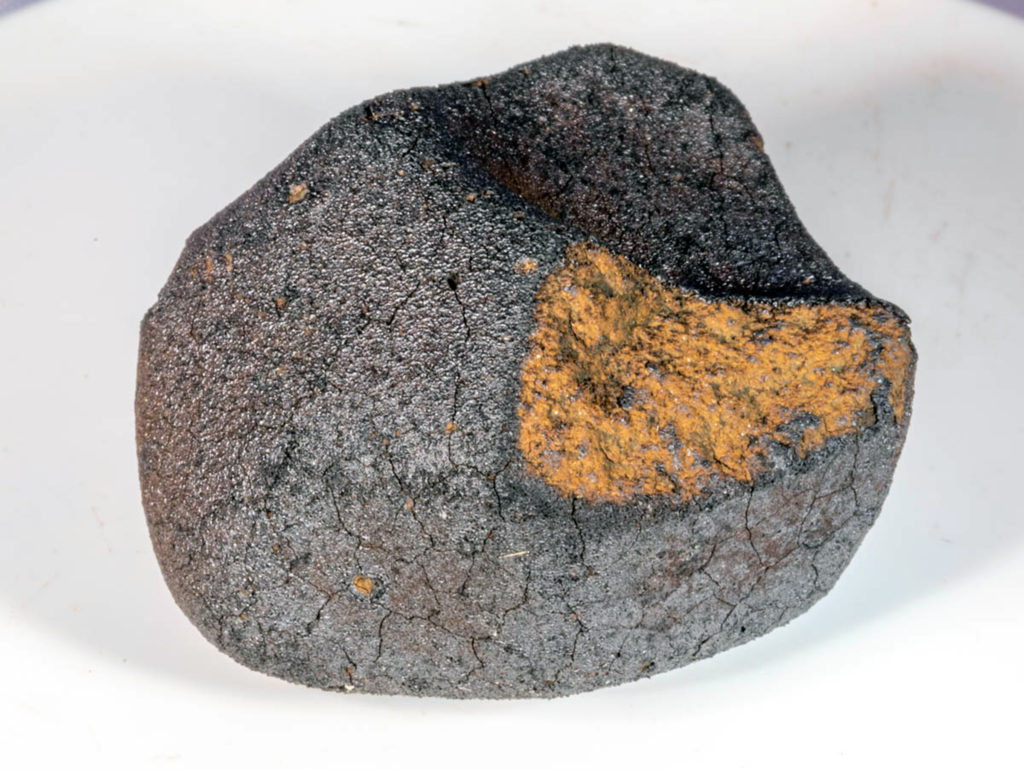Genetics, Age, and Crystallization History of Group IC Iron MeteoritesOPEN ACCESS
Hope A. Tornabene, Richard D. Ash, Richard J. Walker, Katherine R. Bermingham
Geochimica et Cosmochimica Acta
In Press, Journal Pre-proof, Available online 17 November 2022
UPDATE (23 November 2022): Geochimica et Cosmochimica Acta
Volume 340, 1 January 2023, Pages 108-119
LINK (OPEN ACCESS)
Hope A. Tornabene, Richard D. Ash, Richard J. Walker, Katherine R. Bermingham
In Press, Corrected Proof, Available online 9 December 2022
“The authors regret that the figure caption for Fig. 5 should have read:
Fig. 5. The blue line is the CC linear regression taken from Budde et al. (2019) and the red line is the NC linear regression from Spitzer et al. (2020).
The authors would like to apologise for any inconvenience caused.”
“The IC iron meteorite group is characterized utilizing nucleosynthetic mass-independent isotopic compositions and 182W age constraints, coupled with siderophile element concentration measurements and modeling of crystal-liquid fractionation processes. The six IC irons analyzed, Arispe, Bendego, Chihuahua City, Nocoleche, NWA 2743, and Winburg have indistinguishable Mo and W genetic isotopic compositions and are consistent with derivation from the same parent body, which formed in the non-carbonaceous (NC) nebular reservoir. A pre-exposure µ182W value (parts-per-million deviations in isotopic ratios from terrestrial standards) for the six IC irons of -337 ± 5 corresponds to a metal-silicate segregation age of 1.0 ± 0.4 Myr after calcium-aluminum-rich inclusion (CAI) formation. This age is similar to those determined for other NC iron groups. Siderophile element abundances of the IC irons are generally similar and characterized by minor depletions in the more volatile siderophile elements. Highly siderophile element (HSE) distributions among the IC group suggest that the initial parent body core was S-rich, with preferred model results indicating an initial melt composition with ∼18 wt% S, 2 wt% P and 0.03 wt% C. Processes in addition to fractional crystallization, such as late-stage parent body modification, possibly as a result of impacts, and subsequent metal-melt mixing, are required within the first 100 Myr of Solar System history to explain the range of HSE abundances.”

